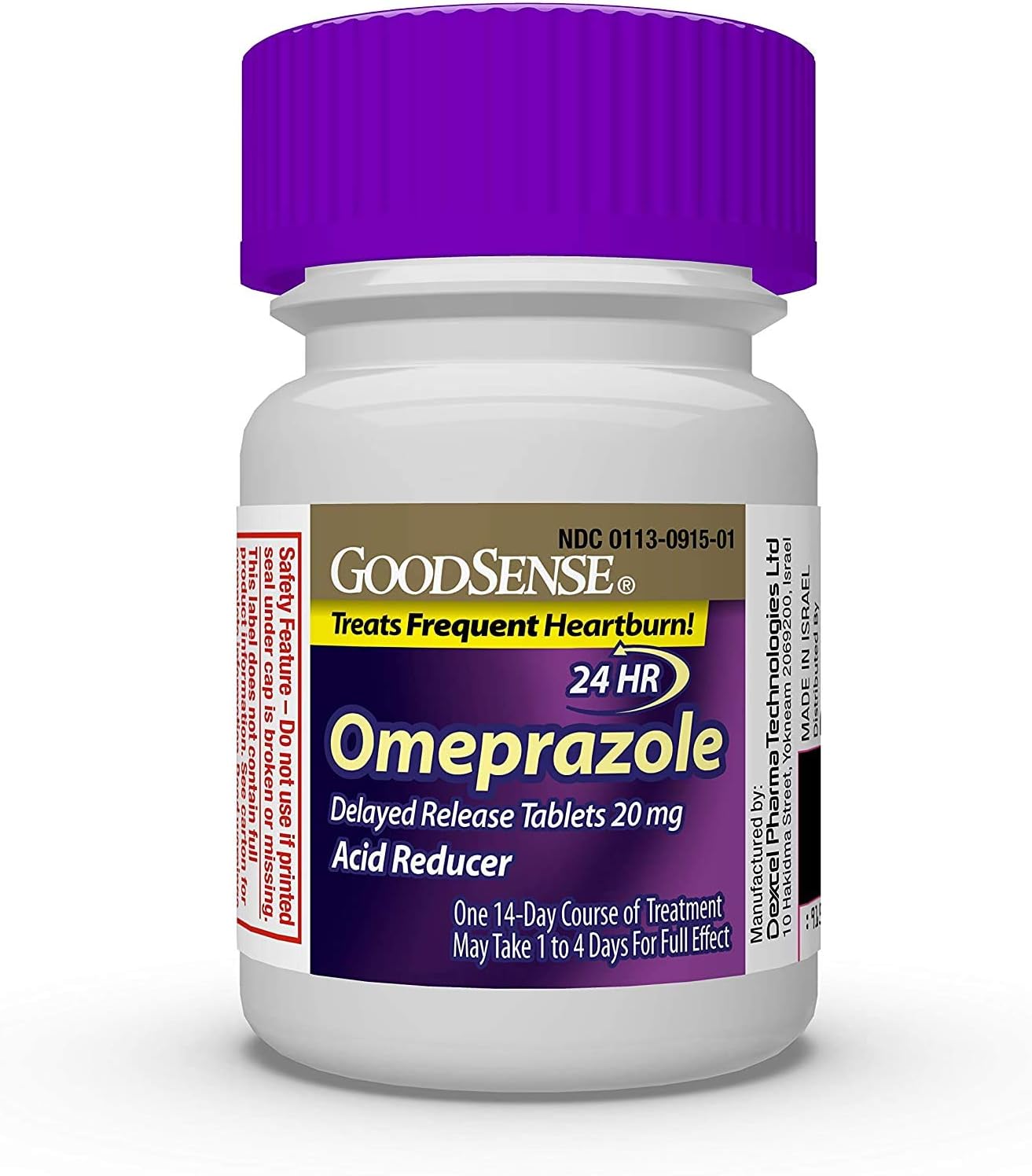Barrett’s Esophagus: Symptoms, Causes & Treatments
What are the symptoms of Barrett’s esophagus?
Barrett’s esophagus is a condition in which the normal squamous cells lining the esophagus are replaced by columnar cells, which are similar to those found in the intestine. This change is believed to be a precancerous condition that increases the risk of developing esophageal adenocarcinoma. Many people with Barrett’s esophagus do not experience any symptoms, but some common symptoms include:
- Chronic heartburn or acid reflux: This is the most common symptom associated with Barrett’s esophagus. Persistent acid reflux can damage the esophageal lining, leading to the development of this condition.
- Difficulty swallowing (dysphagia): Some individuals with Barrett’s esophagus may experience difficulty swallowing solid foods or a sensation that food is stuck in the esophagus.
- Chest pain: Pain or discomfort in the chest, particularly after eating, may occur in some cases of Barrett’s esophagus.
- Nausea or vomiting: Frequent nausea or vomiting can be a symptom, especially if it is caused by severe acid reflux or strictures (narrowing) in the esophagus.
- Unintentional weight loss: In advanced cases, Barrett’s esophagus can cause difficulty swallowing, leading to inadequate nutrient intake and unintentional weight loss.
- Anemia: Chronic bleeding from the esophageal lining, although rare, can lead to iron deficiency anemia in some cases.
- Coughing or hoarseness: Stomach acid and contents from acid reflux can irritate the throat and voice box, leading to chronic coughing or hoarseness of voice.
It’s important to note that many people with Barrett’s esophagus do not experience any symptoms at all, and the condition is often diagnosed incidentally during an endoscopic examination for other reasons, such as investigating chronic acid reflux or heartburn.
If you experience persistent or recurrent symptoms of acid reflux or other esophageal symptoms, it is recommended to consult a gastroenterologist for proper evaluation and diagnosis.
What are the causes of Barrett’s esophagus?
The primary cause of Barrett’s esophagus is chronic gastroesophageal reflux disease (GERD), which involves the frequent backflow of stomach acid and contents into the esophagus. Other potential causes and risk factors include:
- Chronic acid reflux: Persistent exposure of the esophageal lining to stomach acid and bile can lead to irritation, inflammation, and eventually changes in the esophageal cells, resulting in Barrett’s esophagus.
- Obesity: Being overweight or obese increases intra-abdominal pressure, which can promote acid reflux and increase the risk of developing Barrett’s esophagus.
- Hiatal hernia: A hiatal hernia, where part of the stomach protrudes into the chest cavity, can weaken the lower esophageal sphincter and contribute to acid reflux and the development of Barrett’s esophagus.
- Age: The risk of developing Barrett’s esophagus increases with age, with a higher incidence in individuals over 50 years old.
- Gender: Men are more likely to develop Barrett’s esophagus than women, although the reasons for this gender difference are not entirely clear.
- Smoking: Tobacco use has been associated with an increased risk of developing Barrett’s esophagus, as well as other esophageal conditions.
- Diet and lifestyle factors: A diet high in fatty or fried foods, alcohol consumption, and a sedentary lifestyle can contribute to the development of GERD and increase the risk of Barrett’s esophagus.
- Genetics: Some individuals may have a genetic predisposition or specific gene mutations that increase their risk of developing Barrett’s esophagus.
While chronic acid reflux is the primary driving force behind the development of Barrett’s esophagus, the exact mechanisms that lead to the cellular changes in the esophageal lining are not fully understood. It is believed to be a multifactorial process involving a combination of genetic, environmental, and lifestyle factors.
What is the treatment for Barrett’s esophagus?
The treatment for Barrett’s esophagus aims to manage the underlying cause, which is typically chronic acid reflux, and prevent further progression or complications. The treatment approach may involve a combination of the following:
- Medication therapy:
- Proton pump inhibitors (PPIs): These medications, such as omeprazole, esomeprazole, or pantoprazole, are the most commonly prescribed drugs to reduce stomach acid production and control acid reflux.
- H2 blockers: Medications like ranitidine or famotidine can also help reduce stomach acid production.
- Antacids: Over-the-counter antacids may provide temporary relief from acid reflux symptoms.
- Lifestyle and dietary modifications:
- Weight loss: Losing weight, if overweight or obese, can help reduce intra-abdominal pressure and improve acid reflux symptoms.
- Avoiding triggering foods: Limiting consumption of fatty, fried, or spicy foods, as well as alcohol and caffeine, can help reduce acid reflux episodes.
- Elevating the head of the bed: Raising the head of the bed by 6-8 inches can prevent acid reflux during sleep.
- Endoscopic treatments:
- Radiofrequency ablation (RFA): This procedure uses heat to destroy the abnormal Barrett’s tissue and allow regrowth of normal esophageal lining.
- Endoscopic mucosal resection (EMR): Abnormal tissue is removed during an endoscopy procedure, allowing for the growth of new, healthy esophageal lining.
- Cryotherapy: This involves freezing and destroying the abnormal Barrett’s tissue.
- Surgery:
- Fundoplication: This surgical procedure involves wrapping the upper part of the stomach around the lower esophageal sphincter to prevent acid reflux.
- Esophagectomy: In severe cases or when precancerous changes are present, the affected portion of the esophagus may be surgically removed.
- Regular monitoring and surveillance:
- Endoscopic examinations: Regular endoscopic check-ups are recommended to monitor for any precancerous changes or the development of esophageal cancer.
- Biopsies: During endoscopy, biopsies of the affected esophageal tissue may be taken for further analysis.
The treatment approach is individualized based on the severity of the condition, the presence of precancerous changes, and the patient’s overall health and preferences. Close follow-up and monitoring are crucial to ensure the effectiveness of the treatment and prevent potential complications.




